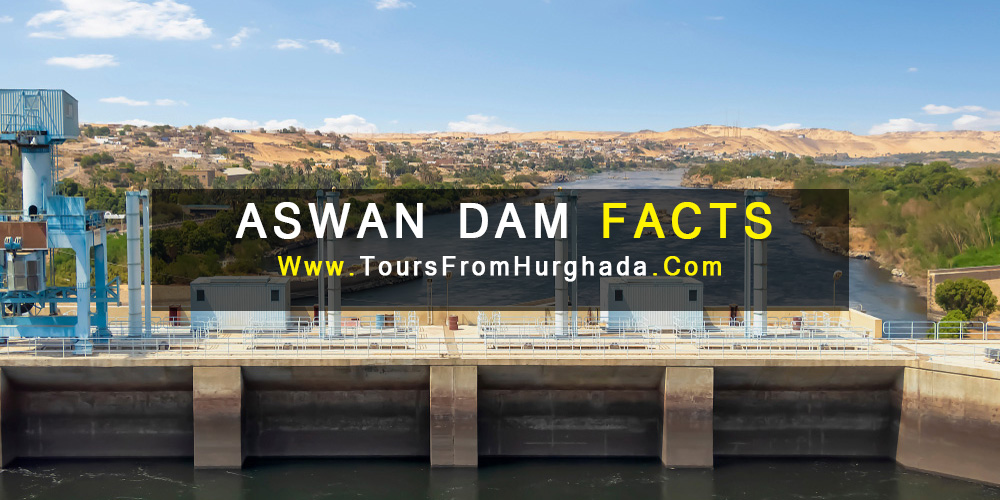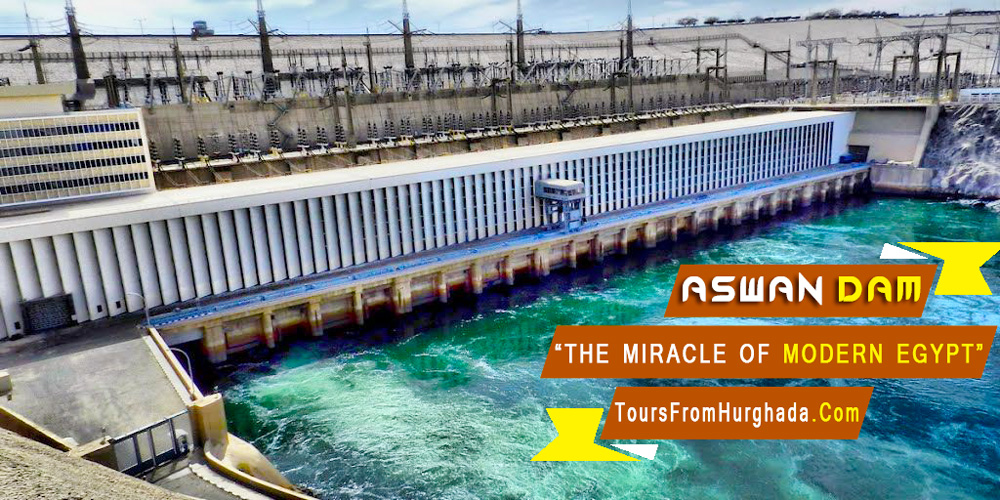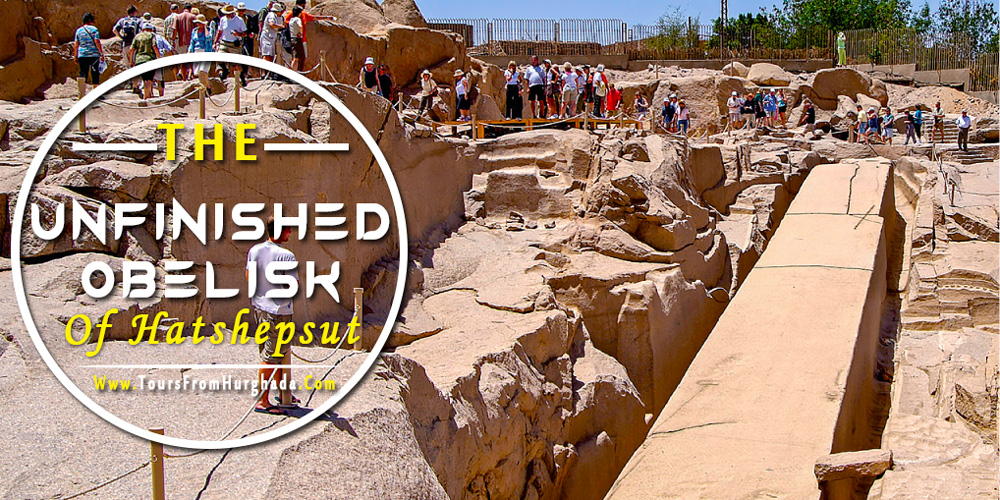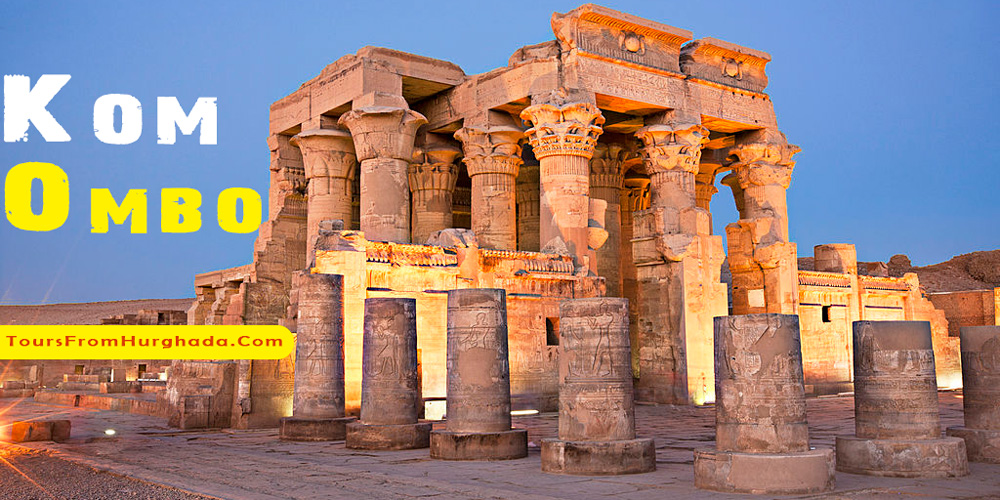Egypt is filled with many landmarks that date back to thousands of years but there is still some construction that can still reflect the greatness and brilliance of Egyptian architecture. Aswan Dam represented a new hope for the newly-reestablished country to be able to sail towards a brighter future.
Aswan Dam History

Aswan Dam was acted as the miraculous key which helped Egypt to enter the golden age of industrialization. There have always been ideas to built an Egyptian dam as A polymath and engineer by the name of Ibn al-Haytham was given the task of regulating the flooding of the Nile by the Fatimid Caliph Al-Hakim Bi-Amr Allah but nothing happened and again in 1912, when a Greek-Egyptian engineer called Adrian Daninos presented a plan for constructing the high dam, but King Farouk approve the idea.
Aswan Dam Facts

Aswan dam was built between 1960 and 1970 as a key objective and a symbol of the government following the Egyptian revolution of 1952 led by President Gamal Abd El-Nasser. Aswan dam was designed by the Moscow based Hydroproject Institute to have a better control over Nile flooding, provide increased water storage for irrigation in its reservoir lake Nasser which is exactly 550 km (340 mi) long and 35 km (22 mi) wide with a surface area of 5,250 sq km (2,030 sq mi).
It holds 132 cubic km (1.73×1011 cu yd) of water which was used to protect Egypt from the droughts that devastated East and West Africa in 1972–1973 and 1983–1987 and generates Hydroelectricity.
Aswan Dam Architecture

Aswan dam is at 111m high, 3.5 km long and one km wide, it also has six turbines that produce 2.1 million k/w and provide 33.600 km of water stored at Lake Nasser for irrigation. It was constructed with a 1.12 billion dollars investment made by the soviet union with a 2% interest. The high dam of Aswan was built using 44 million cubic meters of building materials and a workforce reaching 34,000 workers.
Aswan Dam Benefits

Aswan dam became operational in the spring of 1971 and 50% of the electricity production in Egypt was because of the Dam. It protected Egypt from the danger of the droughts and created agricultural heaven in Egypt made 2 million Feddan (840,000 hectares) available for farming.
About half a million families were able to settle in new lands where various crops such as rice, wheat, cotton, sugar cane tripled in production. It also helped in the reclamation of various desert lands which also increased agriculture production. Aswan dam created a state of prosperity due to the newly revived economy, the increased electricity levels which led Egypt to enter the new Industrial age which provided countless jobs for many future generations.
Aswan Dam Problems

Despite all the achievements and positive results create by the Aswan High Dam, it had a bit of side effects and sever negative aspects as it increased the levels of the soil salinity and waterlogging which led to the drop of the production of the crop yields but later on the problem was solved by equipping the subsurface with drainage system that enhanced the agriculture production.
The Schistosomiasis (bilharzia) a dangerous virus speared within the villages as the rate of infection rose by 50% due to the conversion to perennial irrigation.
The dam led to the loss of the sediments which was carried in the flood which played the main role as a natural soil fertilizer. The fish production in Egypt declined at scary levels because of the dam affecting the natural marine and ecosystem.
The artificial lake of Nasser which was used to store the floodwaters, made the majority of the 50,000 Nubians to relocate to a new location called New Nubia 45 KM away from Aswan and was solely responsible for the relocation of 22 monuments including the majestic Abu Simbel and Philae temple were on the brink of destruction but were saved by the UNESCO in 60s in the most challenging archeological rescue mission in human history.














